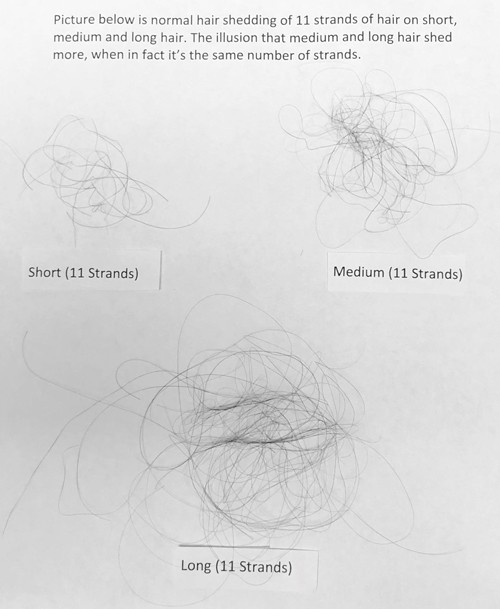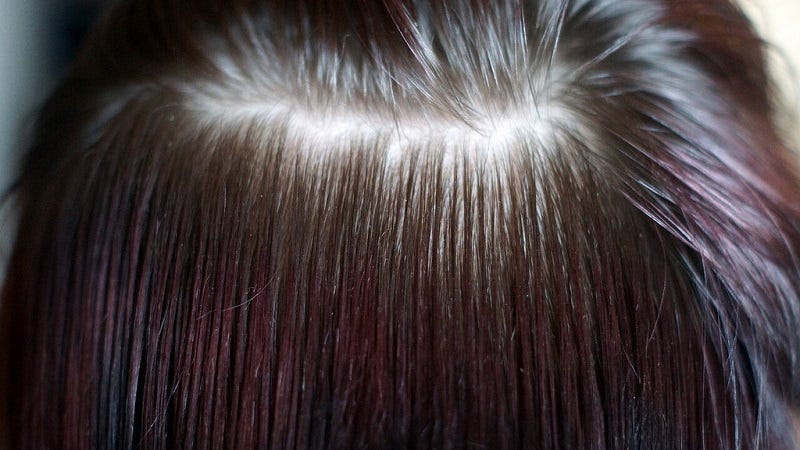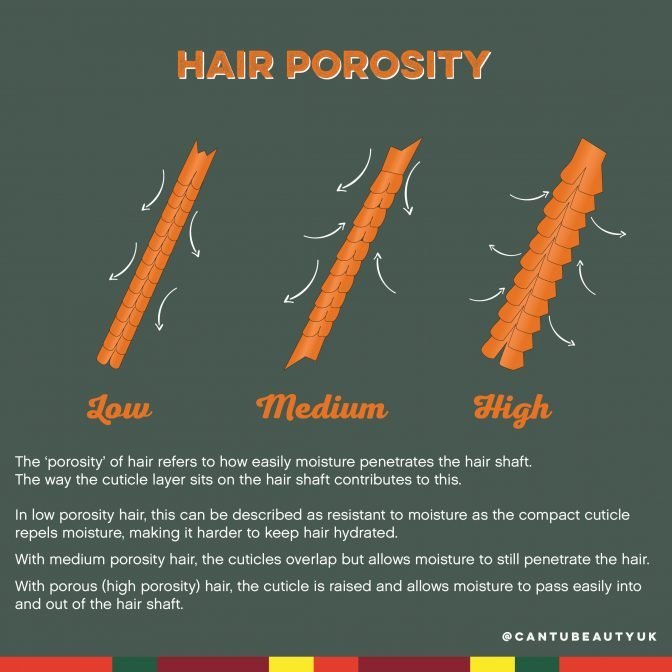Table Of Content

But illness, hormonal changes, stress, aging and inherited conditions can interfere with your hair’s growth cycle. More hair falls out, but new strands don’t always grow back. Prescription medications, like finasteride (Propecia), may help prevent further androgenetic hair loss, especially for male pattern baldness.

You’re seeing an increase in your 60-second hair count test
Anyone experiencing a significant change in the amount of hair that they shed may wish to see a doctor or dermatologist to help identify any issues. Depending on how many miles you drive per year, in what weather conditions and even your driving style, your tyre can last from 3 to 10 years. Under optimum driving conditions, the life of tyre will be longer, but in due course, the thread will wear down, the rubber will crack, and it will need to be replaced.
Low Iron Levels
Anyone who notices an increase in how much hair they wash out in the shower may wish to stop using the product and opt for a gentler formula. Hair falls out every day as part of the body’s natural renewal cycle. The American Academy of Dermatology note that it is normal for a person to lose about 50–100 hairs each day.
I’m a dermatologist – I’m always asked about hair shedding… here’s what’s ‘normal’ and how to reduce it... - The Sun
I’m a dermatologist – I’m always asked about hair shedding… here’s what’s ‘normal’ and how to reduce it....
Posted: Sun, 03 Mar 2024 08:00:00 GMT [source]
Medical Professionals
Try some of the other tests mentioned here, and if you’re worried — as always — contact your health care provider. If you’ve been noticing more hairs on your pillow or hairbrush than normal, you may worry that you have hair loss. You could actually just be shedding more hairs than normal. Losing your hair — whether the hair loss is temporary or permanent — can be emotionally difficult for many people. Some types of hair loss can eventually lead to baldness.
Depending on your hair’s natural texture, you may be able to see a bit of your scalp all of the time, so simply being able to see your scalp is not cause for alarm. However, if you feel like you’re seeing more of it, that’s something to pay attention to. “If you can see into the scalp easier and the follicles seem more individualized” it could be a sign that you’re experiencing hair loss that isn’t normal, Dr. Allenby says.
Around 85% to 90% of the hair on the scalp is usually in the anagen phase at any given time. According to 2018 research, approximately 40% of women experience excessive hair shedding when styling their hair, which includes brushing it. If you’re experiencing hair loss that’s unusual for you, including bald spots, patchiness, and clumps of hair falling out, you should see your primary care physician or dermatologist. CCCA and LPP fall under the umbrella of lymphocytic scarring alopecia.
Losing Your Hair After COVID-19? There Is Good News - University of Utah Health Care
Losing Your Hair After COVID-19? There Is Good News.
Posted: Tue, 15 Mar 2022 07:00:00 GMT [source]
Other times, your healthcare provider will need to do some detective work to figure out what’s causing your hair loss. Even if your hair loss is hereditary, there are treatments that exist that can help slow or reverse hair loss. If possible, talk with your doctor to address your concerns and rule out any serious underlying medical concerns that may be causing your hair loss. This works well for people with inherited baldness since they typically lose hair on the top of the head. Because some hair loss can be progressive, you may need multiple procedures over time.
How to combat hair loss as you age
It’s typical to lose between 50 and 100 hairs a day, according to the American Academy of Dermatology (AAD). With about 100,000 hairs on your head, that small loss isn’t noticeable. New hair normally replaces the lost hair, but this doesn’t always happen.
Loose strands of hair all over your sink or in your shower may not be an immediate cause for concern though. Some hair loss is normal, says Dr. Deirdre Hooper, a board-certified dermatologist based in New Orleans. We talked to Hooper to find out the difference between normal hair loss and something greater.
This usually happens because of radiation treatment or chemotherapy. For the purposes of this article, we use “male” and “female” to refer to a person’s sex assigned at birth. Hair loss can occur if you wear pigtails, braids or cornrows, or use tight hair rollers.
"I don't recommend checking with a hair count," says Kingsley. "It's a really common thing. It can stress you out and people end up pulling their hair out and breaking it off." Hair Health Hotline is your direct access to dermatologists, trichologists, hairstylists, and other beauty pros. Each story in this series tackles a common hair or scalp concern and offers science-backed solutions to care for your strands. Find out how much hair is normal to lose in a day, plus what may be causing you to shed more strands than usual.
Hair shedding is a normal phase of your hair’s life cycle. Many people who have hereditary hair loss continue to lose hair without treatment. A woman who inherits the genes for hereditary hair loss may notice gradual thinning. Men who have hereditary hair loss tend to develop a receding hairline or bald patch that begins in the center of the scalp. Depending on what’s causing your hair loss, it may be temporary or permanent. Treatments can help people with certain types of hair loss.
Our physicians at Midwest Dermatology can help guide you through the treatment options that can stop hair loss and potentially grow new hair. In fact, the average person actually sheds 50 to 100 strands of hair per day, according to trichologist Isfahan Chambers-Harris. "It's normal for people to lose some hair on a daily basis as part of the natural hair growth cycle," she says.

A variety of drugs can cause hair loss, which is technically TE. It's worth it to separate it out into an additional cause, though, just so it can be on your radar as soon as you begin a new Rx. Catagen, on the other hand, lasts just a couple weeks as the bulb of the hair moves toward the surface of the skin so that it can then fall out in the telogen phase. "Interestingly, [these two types of hair loss] still result from the same pathophysiology," she says. Losing some hair every day (and probably more than you think) is normal — and good for the overall health of your hair. Advanced treatments are available for more serious hair loss.
"Almost everyone will leave a little bit of hair in the shower drain," she says. Larger piles collecting in the drain, however, may signal a problem. Because that is when you can use logic and rationale to identify the trigger factor of your hair loss.. Have you done a chemical treatment on your hair lately? Permanent straightening, dying etc., can all lead to extra hair shedding or breakage in hair.
Traction alopecia results from too much pressure and tension on the hair, often from wearing it in tight styles, like braids, ponytails, or buns. These patches, sometimes called a kerion, can cause scarring as well. "A normal scalp is one that you're not thinking about," Dr. Mirmirani says. "If you find you're paying attention to your scalp, there may be something more going on." Hairstyles that tightly pull on the hair, including ponytails, hair extensions or even wearing rollers to bed can all lead to loss, according to the AAD.













